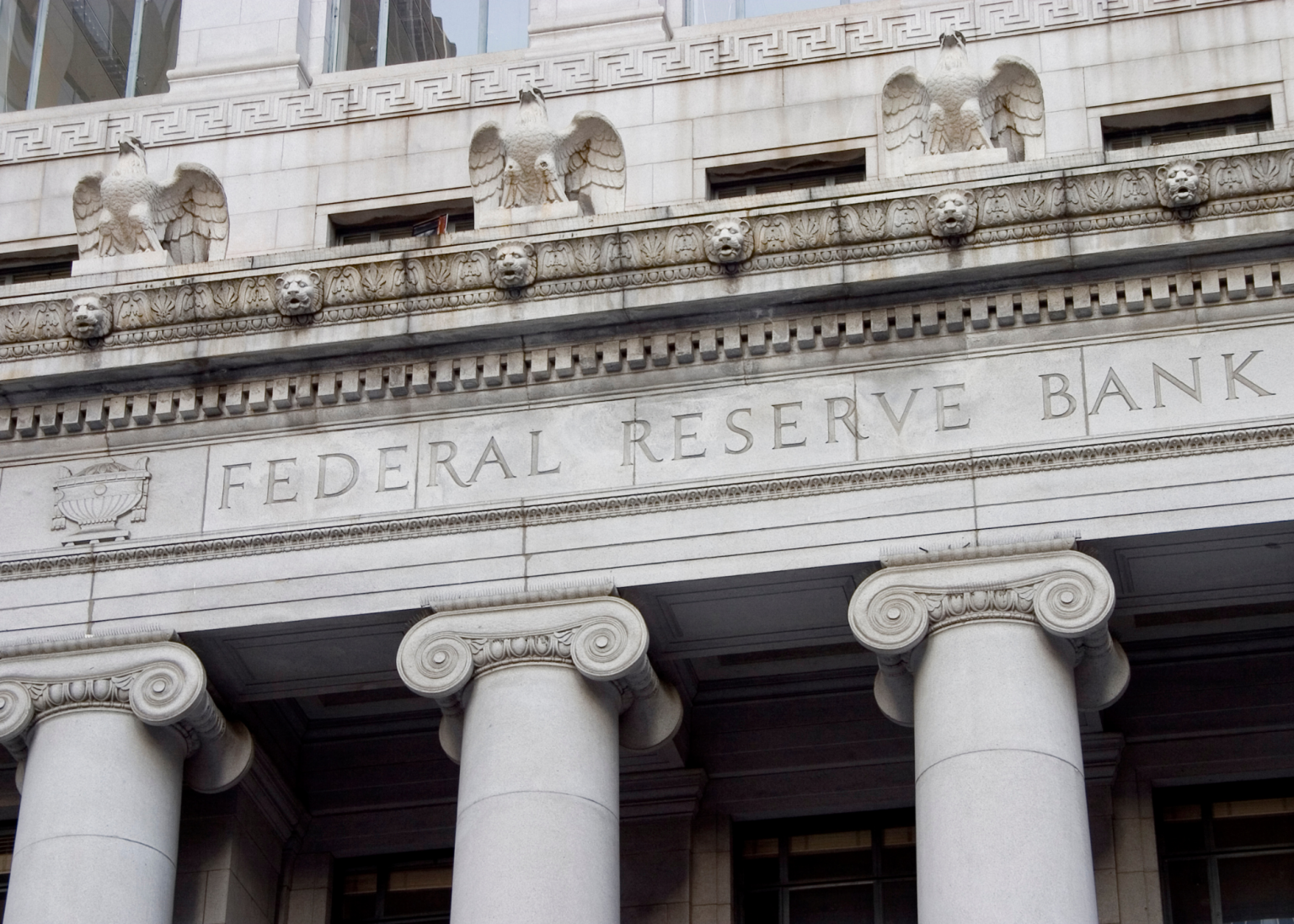Key Takeaways
Fed rate cuts lower HELOC borrowing costs, making home equity access more affordable.
-
Home equity loans have fixed rates, but new borrowers benefit when Fed rates fall.
-
HELOC rates adjust quickly after a Fed meeting, usually within one to two billing cycles.
-
Using home equity responsibly helps protect your home and long-term finances.
The Federal Reserve’s interest rate decisions play a major role in determining what homeowners pay for home equity loans and HELOCs (home equity lines of credit). Whether you already have a HELOC or are planning to tap into your home’s equity soon, understanding how Fed policy impacts borrowing costs helps you make informed financial decisions.
The Latest Federal Reserve Update
At its September 2025 meeting, the Federal Reserve lowered the federal funds rate by 0.25%, marking its first rate cut of the year. The decision came in response to a cooling job market and persistent inflation pressures. Fed Chair Jerome Powell also suggested that additional rate cuts could occur before year-end, depending on economic conditions.
How the Fed’s Decisions Affect Home Equity Borrowing
When the Federal Reserve adjusts the federal funds rate, it indirectly influences the prime rate, which most banks use to set borrowing costs for consumers. The prime rate typically sits about three percentage points above the federal funds rate and moves in the same direction.
Because most HELOCs are tied to the prime rate, changes by the Fed can make borrowing more or less expensive.
- When the Fed cuts rates, HELOC borrowers benefit from lower interest payments.
- When the Fed raises rates, HELOC costs rise accordingly.
Meanwhile, home equity loans usually have fixed interest rates. Once you close on the loan, your rate remains the same. However, new borrowers will see rate offers influenced by the Fed’s latest policy decisions.
| Loan Type | Interest Rate Type | Affected by Fed Rate Changes | How It Impacts Borrowers |
| HELOC (Home Equity Line of Credit) | Variable | Yes, tied to prime rate | Rates adjust up or down after Fed decisions |
| Home Equity Loan | Fixed | Indirectly | New borrowers see updated rates; existing loans stay the same |
How Quickly HELOC Rates Change After a Fed Meeting
HELOC rates usually adjust within one to two billing cycles following a Fed rate change. Some lenders update their rates for new borrowers even sooner — sometimes within days.
If you have an open HELOC but haven’t borrowed yet, rate adjustments won’t affect you until you draw funds. However, existing balances will reflect rate changes in the next payment cycle.
Some lenders also offer the option to lock in a fixed rate on a portion of your HELOC. This hybrid approach lets borrowers take advantage of low variable rates now while protecting part of their balance from future increases.
Is Now a Good Time to Get a HELOC or Home Equity Loan?
With the Fed’s recent rate cut, home equity borrowing is becoming more affordable. Both HELOC and home equity loan rates have dropped to some of their lowest levels in months, making it a potential opportunity for homeowners to leverage equity.Many are choosing to renovate their homes instead of moving, using a HELOC or home equity loan to fund improvements while keeping their current low mortgage rate.
These loans can also help consolidate high-interest debt or cover major expenses — but borrowers should use equity responsibly.Because your home secures the loan, missing payments could lead to serious financial consequences, including foreclosure.
The Bottom Line
The Federal Reserve’s interest rate policy directly shapes the cost of borrowing against home equity. As rates begin to ease, homeowners may find more favorable conditions for taking out a HELOC or home equity loan.
If you’re considering tapping into your home’s value, consult a trusted mortgage professional to compare loan types, rates, and repayment terms that align with your long-term financial goals.
FAQs About Fed Rates and Home Equity Loans
No SSN required. Zero impact to credit. Your Information is never sold.



